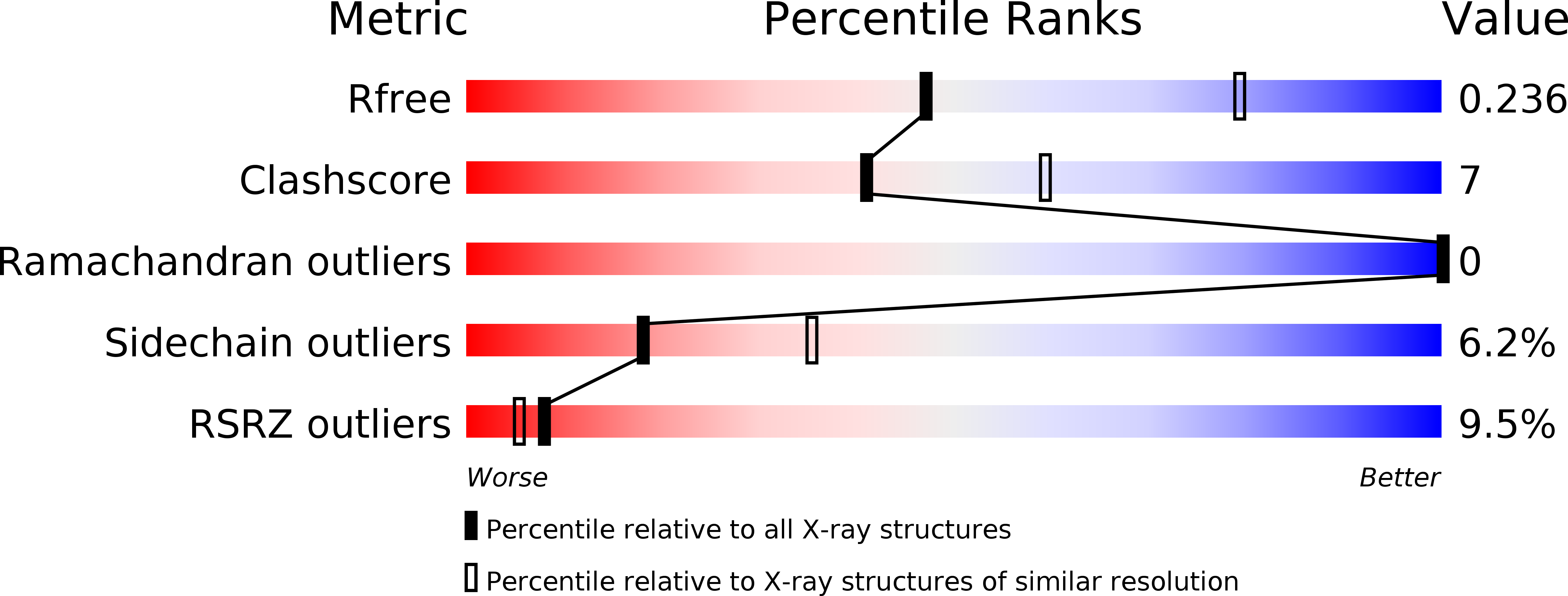
Deposition Date
2013-08-13
Release Date
2014-06-25
Last Version Date
2024-04-03
Entry Detail
Biological Source:
Source Organism:
Saccharomyces cerevisiae (Taxon ID: 559292)
Host Organism:
Method Details:
Experimental Method:
Resolution:
2.61 Å
R-Value Free:
0.23
R-Value Work:
0.19
Space Group:
P 21 21 21


